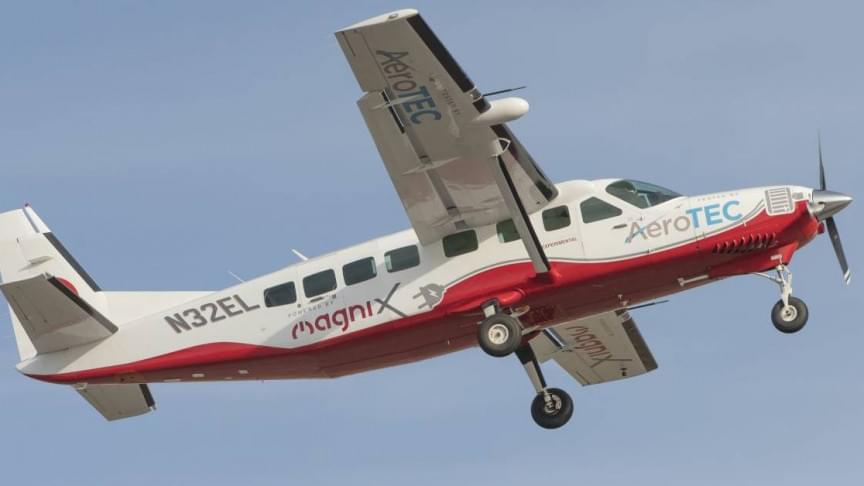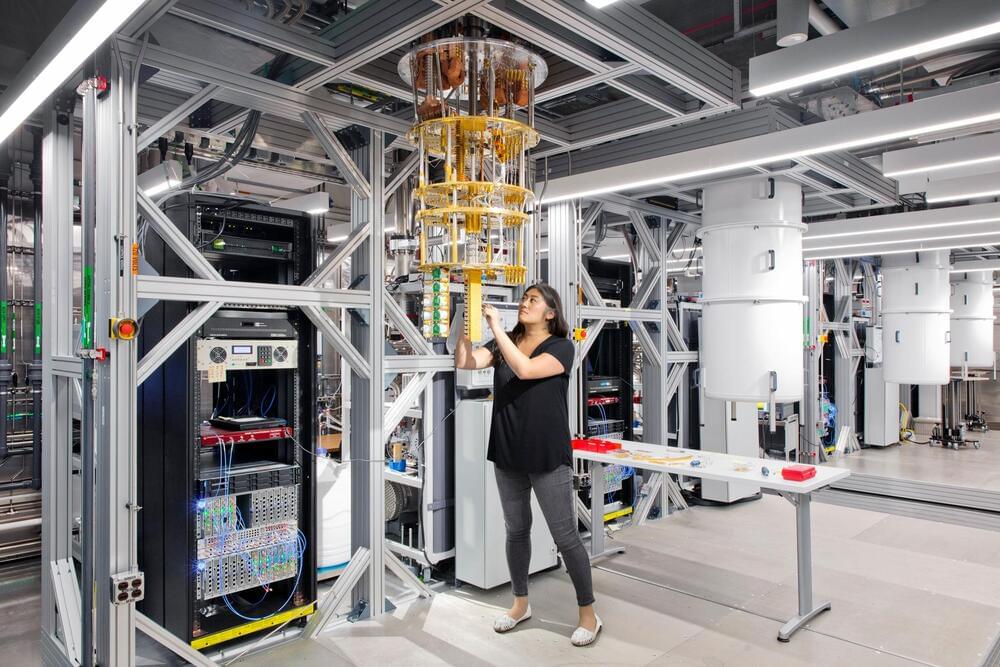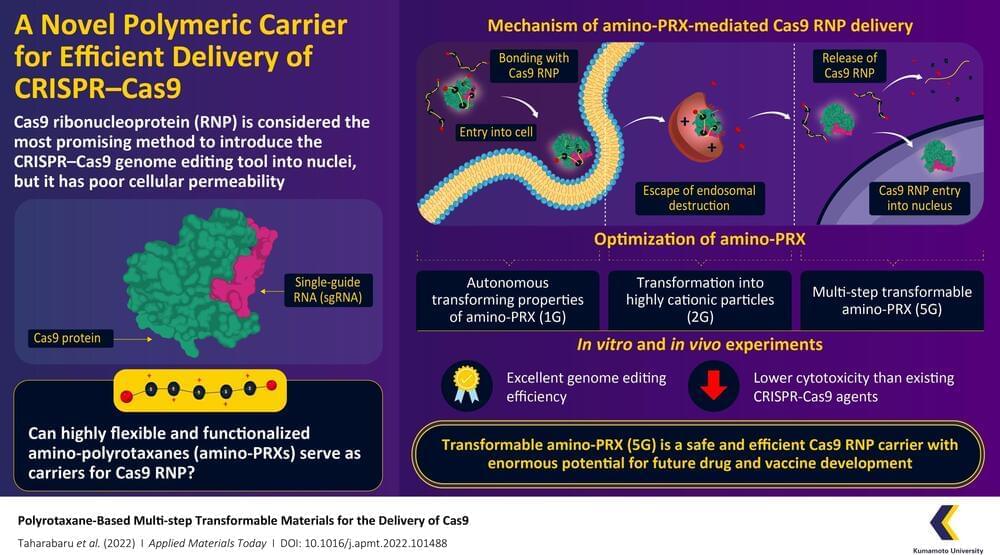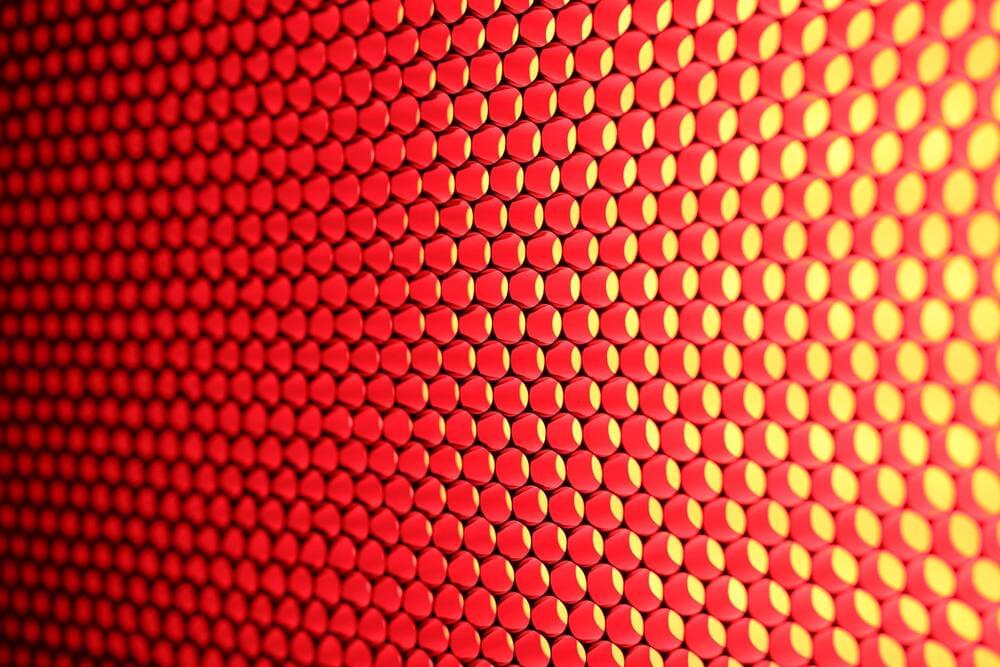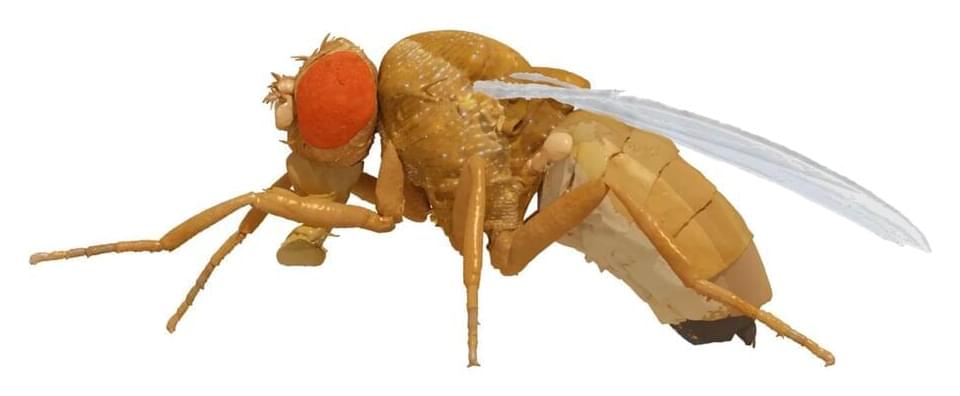Page 4859
May 11, 2022
A passenger with no flying experience landed a private plane after the pilot was incapacitated
Posted by Gemechu Taye in category: transportation
May 11, 2022
El Salvador unveils Bitcoin City plans in the middle of the market crash
Posted by Gemechu Taye in category: bitcoin
May 11, 2022
Bill Gates tests positive for the coronavirus
Posted by Gemechu Taye in category: biotech/medical
May 11, 2022
Scientists Create Creature That Doesn’t Need to Breathe
Posted by Quinn Sena in category: neuroscience
By injecting algae into a tadpole’s head, scientists seem to have created a photosynthetic animal.
May 11, 2022
IBM’s massive ‘Kookaburra’ quantum processor might land in 2025
Posted by Brent Ellman in categories: quantum physics, supercomputing
Today’s classical supercomputers can do a lot. But because their calculations are limited to binary states of 0 or 1, they can struggle with enormously complex problems such as natural science simulations. This is where quantum computers, which can represent information as 0, 1, or possibly both at the same time, might have an advantage.
Last year, IBM debuted a 127-qubit computing chip and a structure called the IBM Quantum System Two, intended to house components like the chandelier cryostat, wiring, and electronics for these bigger chips down the line. These developments edged IBM ahead of other big tech companies like Google and Microsoft in the race to build the most powerful quantum computer. Today, the company is laying out its three-year-plan to reach beyond 4,000-qubits by 2025 with a processor it is calling “Kookaburra.” Here’s how it is planning to get there.”
To get to its 2025 goal of a 4,000 qubit plus chip, IBM has micro-milestones it wants to hit on both the hardware and software side.
May 11, 2022
Laser bursts drive fastest-ever logic gates
Posted by Dan Breeden in category: electronics
A long-standing quest for science and technology has been to develop electronics and information processing that operate near the fastest timescales allowed by the laws of nature.
A promising way to achieve this goal involves using laser light to guide the motion of electrons in matter, and then using this control to develop electronic circuit elements—a concept known as lightwave electronics.
Remarkably, lasers currently allow us to generate bursts of electricity on femtosecond timescales—that is, in a millionth of a billionth of a second. Yet our ability to process information in these ultrafast timescales has remained elusive.
May 11, 2022
Novel supramolecular CRISPR–Cas9 carrier enables more efficient genome editing
Posted by Dan Breeden in categories: bioengineering, biotech/medical, genetics
CRISPR-Cas9 is considered a revolutionary gene editing tool, but its applications are limited by a lack of methods by which it can be safely and efficiently delivered into cells. Recently, a research team from Kumamoto University, Japan, have constructed a highly flexible CRISPR-Cas9 carrier using aminated polyrotaxane (PRX) that can not only bind with the unusual structure of Cas9 and carry it into cells, but can also protect it from intracellular degradation by endosomes.
Clustered regularly interspaced short palindromic repeats (CRISPR) and their accompanying protein, CRISPR-associated protein 9 (Cas9), made international headlines a few years ago as a game-changing genome editing system. Consisting of Cas9 and strand of genetic material known as a single-guide RNA (sgRNA), the system can target specific regions of DNA and function as “molecular scissors” to make precise edits. The direct delivery of Cas9–sgRNA complexes, i.e. Cas9 ribonucleoproteins (RNPs), into the nucleus of the cell is considered the safest and most efficient way to achieve genome editing. However, the Cas9 RNP has poor cellular permeability, and thus requires a carrier molecule to transport it past the first hurdle of the cell membrane before it can get to the cell nucleus. These carriers need to bind with Cas9 RNP, carry it into the cell, prevent its degradation by intracellular organelles called “endosomes,” and finally release it without causing any changes to its structure.
In a recent paper published in the June 2022, Volume 27 of Applied Materials Today, a research team from Kumamoto University has developed a transformable polyrotaxane (PRX) carrier that can facilitate genome editing using Cas9RNP with high efficiency and usability. “While there have been some PRX-based drug carriers for nucleic acids and proteins reported before, this is the first report on PRX-based Cas9 RNP carrier. Moreover, our findings describe how to precisely control intracellular dynamics across multiple steps. This will prove invaluable for future research in this direction,” says Professor Keiichi Motoyama, a corresponding author of the paper.
May 11, 2022
Researchers find way to form diodes from superconductors
Posted by Dan Breeden in categories: computing, quantum physics
A group of researchers from Pisa, Jyväskylä, San Sebastian and MIT have demonstrated how a heterostructure consisting of superconductors and magnets can be used to create unidirectional current like that found in semiconductor diodes.
These novel superconductor diodes, however, operate at much lower temperatures than their semiconductor counterparts and are therefore useful in quantum technologies.
May 11, 2022
NeuroMechFly: A digital twin of Drosophila
Posted by Dan Breeden in categories: bioengineering, robotics/AI
EPFL scientists have developed a digital model of the fruit fly, Drosophila melanogaster, that realistically simulates the movements of the animal. The twin is a big step towards reverse engineering the neuromechanical control of animal behavior, and developing bioinspired robots.
“We used two kinds of data to build NeuroMechFly,” says Professor Pavan Ramdya at EPFL’s School of Life Sciences. “First, we took a real fly and performed a CT scan to build a morphologically realistic biomechanical model. The second source of data were the real limb movements of the fly, obtained using pose estimation software that we’ve developed in the last couple of years that allow us to precisely track the movements of the animal.”
Ramdya’s group, working with the group of Professor Auke Ijspeert at EPFL’s Biorobotics Laboratory, has published a paper in Nature Methods showcasing the first ever accurate “digital twin” of the fly Drosophila melanogaster, dubbed “NeuroMechFly”.

